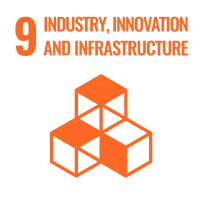Simulation and Measurements of Ultra-Wideband Antenna Radiation Efficiency
Pires, N.
; Letizia, M.
; Boyes, S. B.
; Lu, Y. L.
; Skrivervik, A.
;
Moreira, A. A.
Simulation and Measurements of Ultra-Wideband Antenna Radiation Efficiency, Proc Encuentro Ibérico de Electromagnetismo Computacional - EIEC , Sesimbra, Portugal, Vol. --, pp. 61 - 62, November, 2011.
Digital Object Identifier:
Download Full text PDF ( 512 KBs)
Abstract
The present paper compares the simulated and measured radiation efficiency of a dielectrically loaded microstrip-fed Ultra-Wideband (UWB) monopole. The antenna was designed to operate inside a Universal Serial Bus (USB) dongle.
Wideband efficiency measurements were conducted using the reverberation chamber technique and a cavity-based approach, called the source-stirred method. Both procedures yield close results, although the source-stirred method is still in development. The reverberation chamber allowed for radiation efficiency to be measured with the antenna connected to a laptop computer. The source-stirred method is a convenient extension of the widely used narrowband Wheeler cap approach.
The simulations resorted to the commercial computational electromagnetics code CST Microwave StudioTM. It was confirmed that radiation efficiency simulations are computationally demanding, requiring large calculation domains with special attention to numerical absorbers and accurate material modeling.
